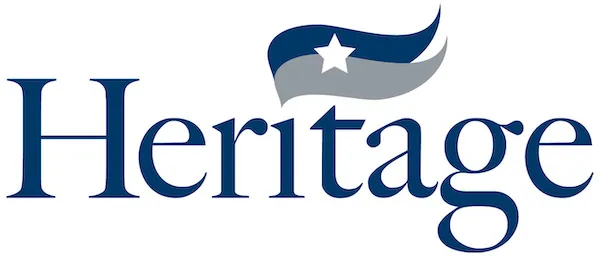Hiring quality staff is a significant challenge for many nonprofit organizations. In an effort to meet workforce demands, nonprofits are increasingly offering more benefits and flexibility than ever before. This trend is indicative of a broader movement within the sector to attract and retain top talent, ensuring that organizations can fulfill their missions effectively. This post will explore the difficulties nonprofits face in staffing, discuss why it matters, and offer practical solutions to help navigate these challenges.
For nonprofits, the caliber of their staff directly impacts their ability to deliver on their missions. Unlike for-profit companies, nonprofits often operate with tighter budgets and fewer resources, making it crucial to hire individuals who are not only skilled but also deeply committed to the organization’s goals. Quality staff can enhance program effectiveness, improve donor relations, and ensure operational efficiency, all of which are vital for sustaining and growing the organization.
Table of Contents
Challenges Nonprofits Face in Hiring Quality Staff
- Competitive Job Market: Nonprofits are competing with the private sector, which often offers higher salaries and more comprehensive benefits packages. This makes it challenging to attract top talent.
- Limited Resources: Many nonprofits operate with constrained budgets, making it difficult to match the compensation and benefits offered by for-profit companies.
- High Turnover Rates: The demanding nature of nonprofit work can lead to burnout and high turnover rates, further complicating staffing efforts.
- Need for Specialized Skills: As nonprofits diversify their services, there is an increasing need for staff with specialized skills in areas like digital marketing, data analysis, and grant writing.
Solutions to Overcome Staffing Challenges
- Enhanced Benefits and Flexibility: While nonprofits may not always be able to compete on salary, offering enhanced benefits such as flexible working hours, remote work options, and professional development opportunities can make a significant difference. These benefits can improve job satisfaction and retention rates.
- Building a Strong Organizational Culture: Creating a positive and inclusive workplace culture can attract passionate and dedicated individuals. Nonprofits should emphasize their mission and the impact employees can make, fostering a sense of purpose and belonging.
- Investing in Professional Development: Providing opportunities for staff to develop their skills and advance their careers can be a powerful retention tool. This can include offering training programs, mentorship opportunities, and supporting attendance at industry conferences.
- Leveraging Volunteers and Interns: Many nonprofits can benefit from a robust volunteer and internship program. These programs can serve as a pipeline for future employees, allowing organizations to evaluate potential hires and provide hands-on experience to volunteers and interns.
- Collaborating with Other Nonprofits: Partnering with other organizations can help nonprofits share resources and knowledge, making it easier to attract and retain talent. Joint training programs and shared staffing arrangements can be mutually beneficial.
The Role of Insurance in Risk Management for Nonprofits
Insurance plays a crucial role in managing the risks associated with staffing in nonprofits. Having comprehensive insurance coverage can protect organizations from various liabilities, including employment practices liability, which covers claims related to wrongful termination, discrimination, and other employment-related issues.
Employment Practices Liability Insurance (EPLI): This type of insurance provides coverage for claims made by employees alleging discrimination, wrongful termination, harassment, and other employment-related issues. It helps protect nonprofits from the financial impact of such claims.
Workers’ Compensation Insurance: Essential for protecting both the organization and its employees, workers’ compensation insurance covers medical expenses and lost wages for employees who are injured on the job. This is particularly important for nonprofits with physically demanding roles.
Directors and Officers (D&O) Insurance: D&O insurance provides coverage for the organization’s leadership against claims related to their decisions and actions. This includes claims of mismanagement or breach of fiduciary duty, which can arise in the course of managing a nonprofit.
Hiring and retaining quality staff is a critical challenge for nonprofits, but by offering enhanced benefits, fostering a strong organizational culture, and investing in professional development, organizations can attract and retain the talent they need to thrive. Additionally, leveraging insurance as part of a comprehensive risk management strategy can protect nonprofits from potential liabilities, ensuring they can continue to focus on their mission. By addressing these staffing challenges head-on, nonprofits can build a strong, committed workforce ready to make a difference.
If you’re interested in learning more about how to manage staffing challenges and protect your nonprofit with comprehensive insurance coverage, contact Heritage Insurance today. Our experts are here to help you navigate the complexities of nonprofit staffing and risk management.

